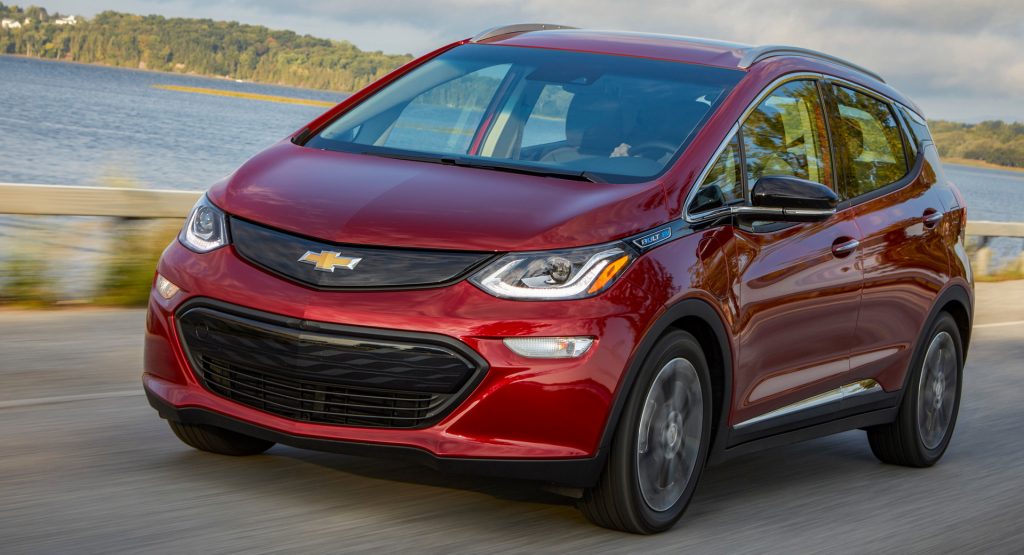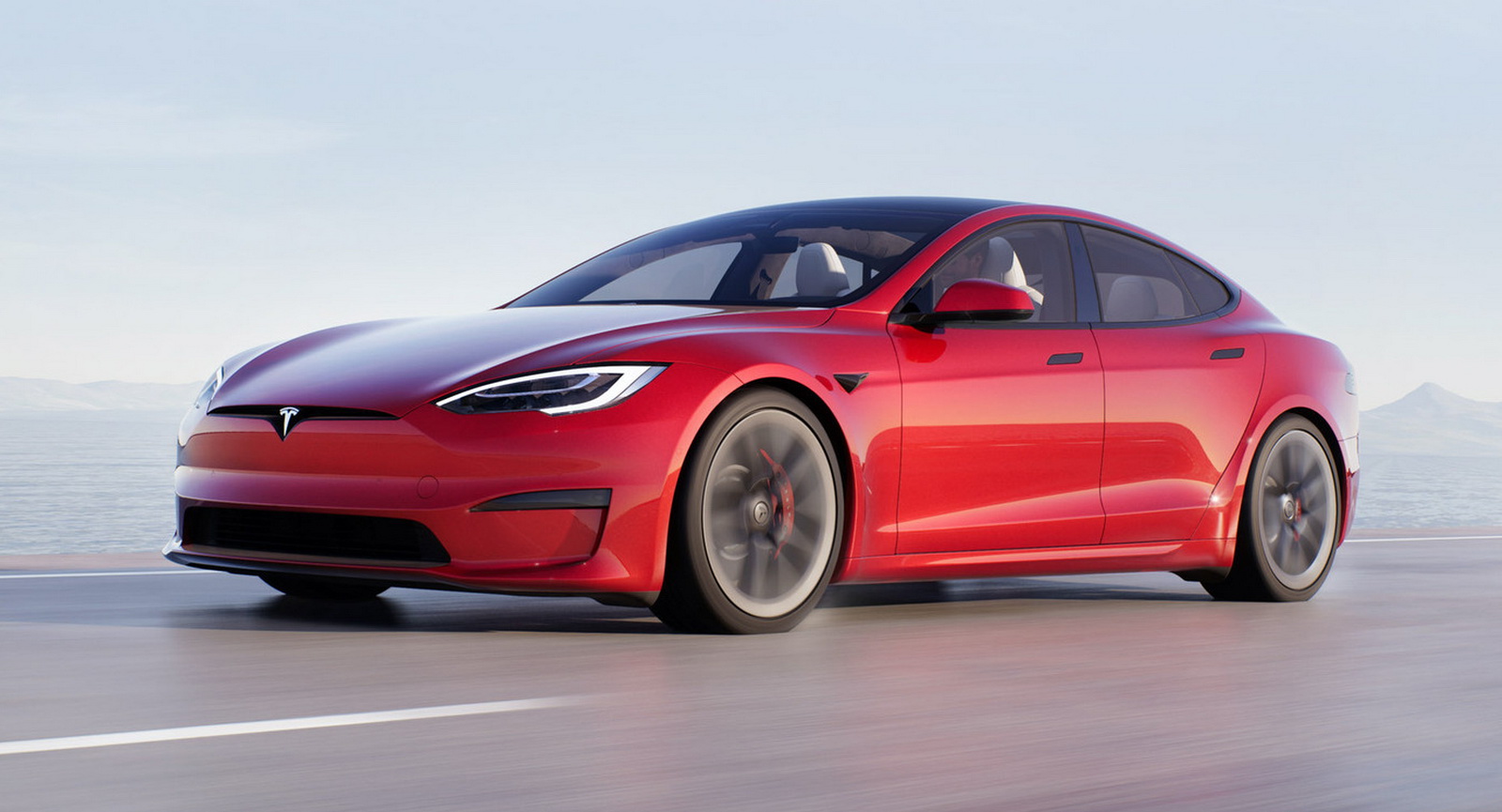Electric vehicles have experienced a spree of innovation in a remarkably short period of time. That pace will be hard to maintain, though.
At least that’s what Jeremy Michalek, a professor of engineering and public policy at Carnegie Mellon University who leads the Vehicle Electrification Group, believes. In an opinion piece written for MarketWatch, the professor warns against bullish predictions that say that EV innovation and adoption will continue at this pace forever.
Michalek’s main arguments center around battery production and pricing. Although batteries have advanced recently and dropped in price, the economies of scale that helped propel those changes are now almost exhausted. Even the production process improvements that helped reduce battery costs are reaching a ceiling, beyond which they cannot go.
Read Also: EVs Will Be Cheaper Than ICE Cars By 2027 According To Forecasts
The professor points to the fact that car companies have to make a profit. Thus, charging less than cost for batteries won’t be a sustainable business model so savings can only go so low, no matter how efficient production processes become. And that need for profit will likely mean that EV prices are as low as they’re likely to go in the near future.
As companies seek to establish a foothold in the market and cross-subsidize to comply with regulations, some have been willing to take a hit on the price of their cars. Even Tesla makes a substantial amount of money by selling emissions credits to other automakers. But as more and more brands enter the EV market, those advantages will shrink and prices for EVs are unlikely to go much lower than they already are.
The good news for EV fans is that innovation remains an area where automakers can reduce prices, but these are likely to be incremental and slow. Although new chemistries and solid-state batteries may lead to a new boom in EV innovation, that technology likely won’t make it to consumers in the next decade, says Michalek.
All of which means that price reductions are likely to slow for EVs. In fact, prices could rise if materials costs go up or if governments choose to stop subsidizing the industry, though that doesn’t appear to be a risk for the next four years in America.
All of which means that EV adoption might have a hard limit in the coming years. Taking into account the fact that many American consumers don’t have easy access to an at-home charger means that predictions of the future based on recent adoption rates may be overly optimistic.
“We do well to remember that past performance is no guarantee of future results,” writes Michalek.






